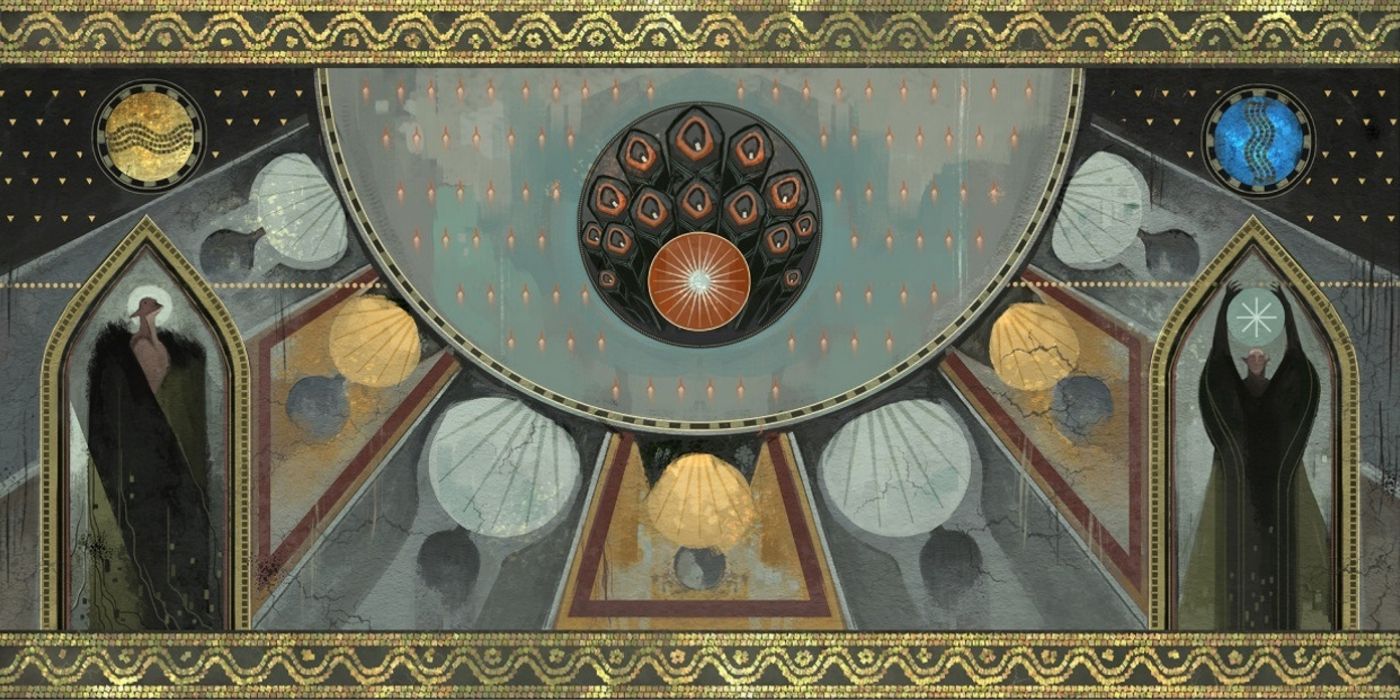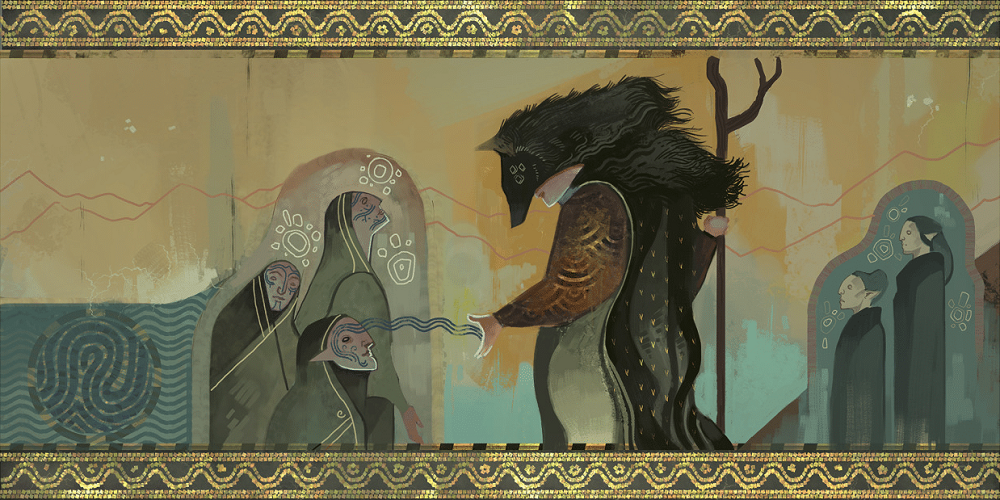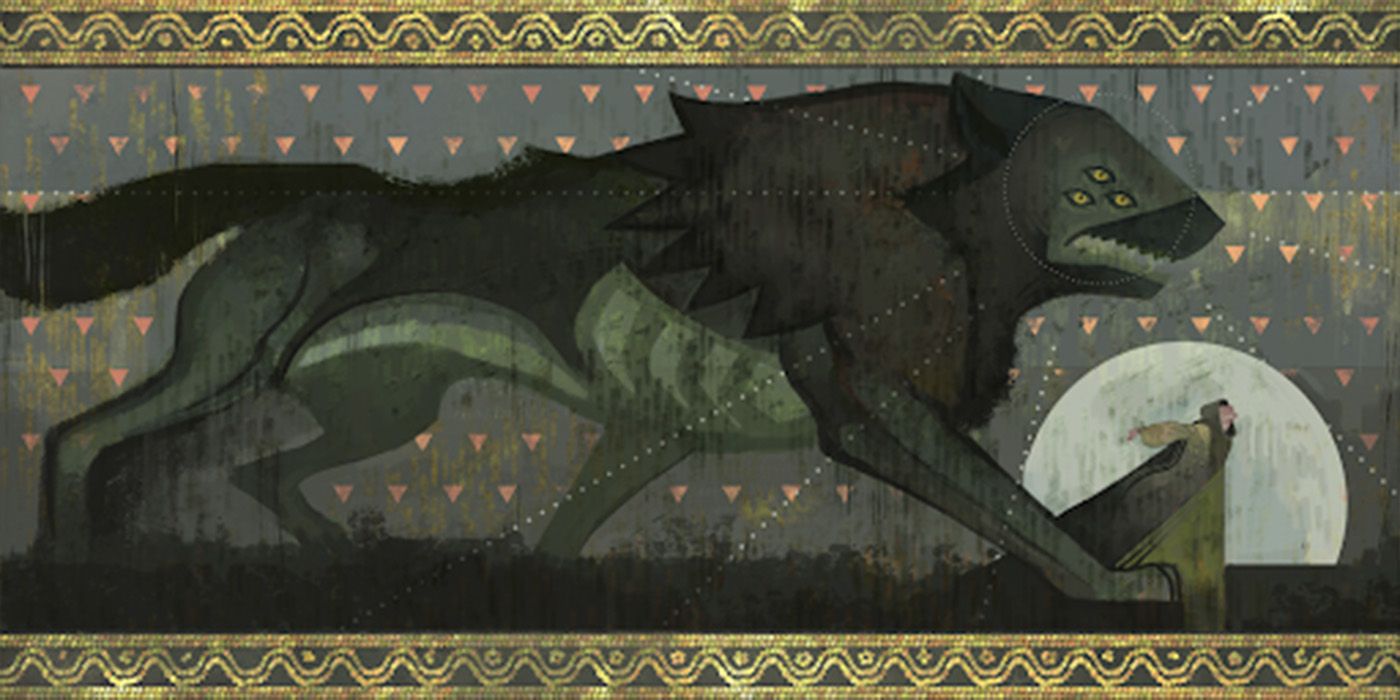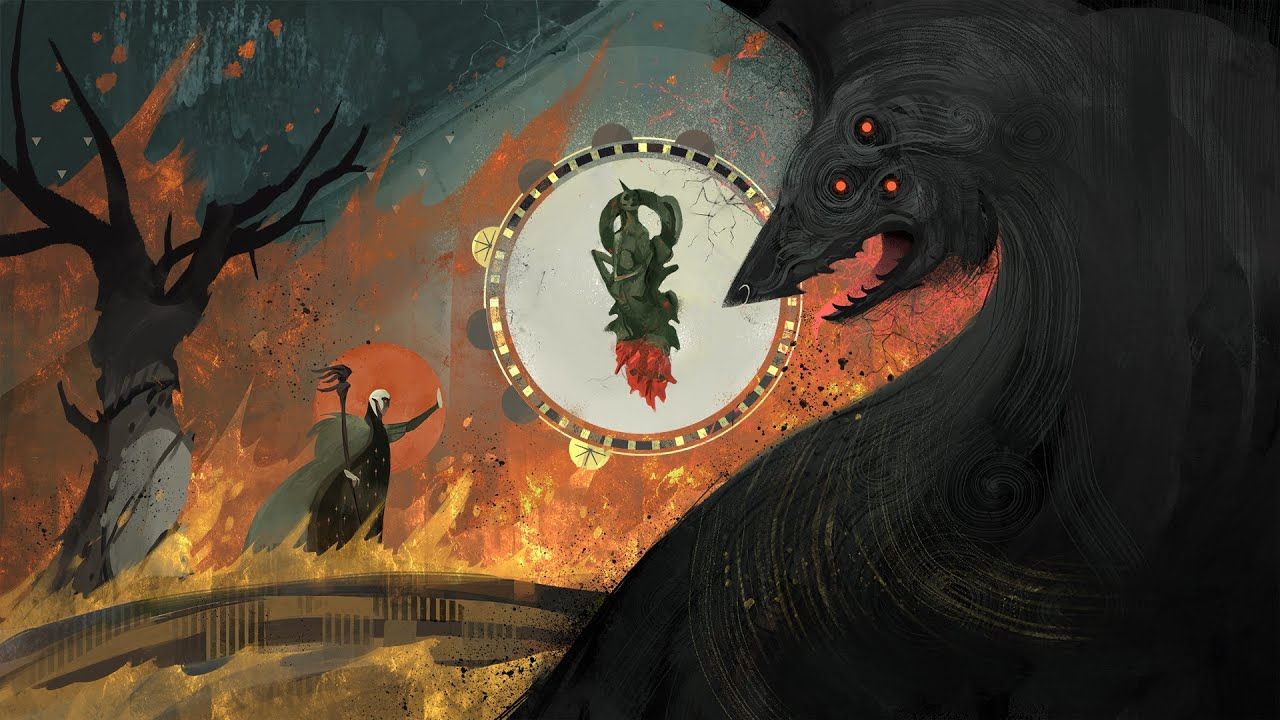The elves of Dragon Age have a long and tragic history which will likely become extremely relevant in Dragon Age 4. Solas from Inquisition, now known to be the ancient elven god known as the Dread Wolf, has embarked on a mission to tear down the Veil between Thedas and the Fade, likely making the elves and their potential liberation a central part of the next game's story.
The elves of Dragon Age are unique from standard fantasy elves in a few ways despite the broadly archetypal depiction seen across many of the games. Dragon Age 4 has a unique opportunity to bring some elvish history to the forefront of its story, but to understand what history is being referenced, first fans must know the long story of Thedas from the perspective of Solas and the elves.
The Most Evil Dragon Age 2 Decision May Come Back to Bite Those Who Chose It
The Creation of the Veil
As in many fantasy portrayals, the elves of Thedas, Dragon Age's setting, are a humanoid race with a propensity for magic. They resemble lithe humans with pointed ears, but the elves used to be the dominant race of the continent before their numbers dwindled. During the height of their civilization, the elves built a great empire named Elvhenan, meaning “place of our people,” that spanned Thedas.
Descriptions of life in Elvhenan and its great city of Arlathan are strange to say the least. Dalish sources from the games suggest that under the elves, “life was endless” and some elves would slumber for centuries just to wander the Fade, which was directly connected to Thedas and referred to as "the sky" by the elves. During this time, the elven "gods" like Solas the Dread Wolf and Mythal, who would later possess Flemeth, walked the earth.
The elves lived in a world where the Fade and the mortal realm had no barrier between them; the world of magic and the material plane were joined. The elven gods were, in fact, extremely powerful mages who, after an ancient war, became established generals, then revered elders, and eventually became seen as gods. All but Mythal the All-Mother and the Dread Wolf Fen’Harel, became corrupt and began enslaving their own people, marking these slaves with facial tattoos called Vallaslin (the same facial markings the Dalish now bear, to Solas' dismay). When Mythal challenged the others, she was killed.
While the Chantry believe that the Maker created the Veil that separated the Fade from the world, it was in fact the Dread Wolf. After the murder of Mythal, Solas led a rebellion against the other gods of the elven pantheon and banished them to the Fade, with the Veil preventing their return. Solas freed the slaves and removed the vallaslin from their faces, but eventually, many of his own people came to believe he had betrayed the elven gods.
The Arrival of the Humans
When humans arrived on the continent around -31000 Ancient, the Veil had long been erected. The elves not only began contracting diseases from the humans, but also found that those elves that spent time around humans began to age. The leading elves made moves to cut off contact with this new race, but human empire of the Tevinter Imperium rose to prominence, conquered the waning elven empire. Many of the elves were enslaved yet again.
It's worth mentioning that this de-aging process is still cloaked in some mystery. While many blame the contact between elves and humans, Solas seems to imply that it was his doing and the Veil. This makes sense since they would be without any connection to the powerful magics of the Fade, and the de-aging process could have just taken years to come into effect.
Nonetheless, the Tevinter Imperium was run by mages known as the Magisters Sidereal, including Corypheus from Dragon Age: Inquisition. These magisters decided to breach the Veil and visit the Fade themselves, sacrificing hundreds of elven slaves and two thirds of the Lyrium in Tevinter for the blood magic ritual to do so. According to the Chantry, the magisters visited the Golden City of the Maker, their pride turned it black, and they became the first Darkspawn, yet Corypheus claims the magisters found the Maker's throne empty.
The Exalted March on the Dales
It would not be until 1020 TE that the Prophet Andraste would defeat Tevinter and the elves took their chance to rise up. Some of the freed elves began “The Long Walk” and became the Dalish, determined to restore their lost culture. The Dalish elves had success for a time, but their isolationism led to bitterness from their neighbors, particularly during the Second Blight. The Second Blight lasted for 90 years, and there were many losses by the human kingdoms and the Grey Wardens before the archdemon was defeated. Some humans began to suspect that the elves were involved in the Blight in some way due to their lack of aid.
Eventually these tensions came to a breaking point and the Chantry began an Exalted March on the Dales, a holy war against the elves. Elves that submitted to being conquered became city elves, forced to live in alienages, while those that escaped became the fractured and nomadic Dalish seen in Dragon Age: Origins. This was the second Exalted March after the one led by Andraste against Tevinter, and it became an event known to the elves as "the fall of the Dales," a story still told to Dalish children by the time of the first Dragon Age game.
By this time, the Dread Wolf was firmly seen as an evil god by the Dalish elves, believed to be behind the betrayal of their ancient gods and the fall of elven civilization. The Dalish even re-appropriated the vallaslin slave markings he had lifted as facial tattoos showing their dedication to the different gods of the elven pantheon they worship, when originally the markings had indicated the ownership of slaves by those very "gods." There are no markings to represent dedication to the Dread Wolf.
The elves of Dragon Age have suffered centuries of humiliation and oppression at human hands, and in Dragon Age 4, Solas plans to bring down the Veil he created, believing it will restore the lost Elven civilization. At the end of Inquisition, he appears to have absorbed the soul of Mythal from Flemeth, reuniting old allies. Whether or not Solas will succeed could depend on the player, and their knowledge of the game’s history could be a big factor in that decision.
Dragon Age 4 is in development now.




